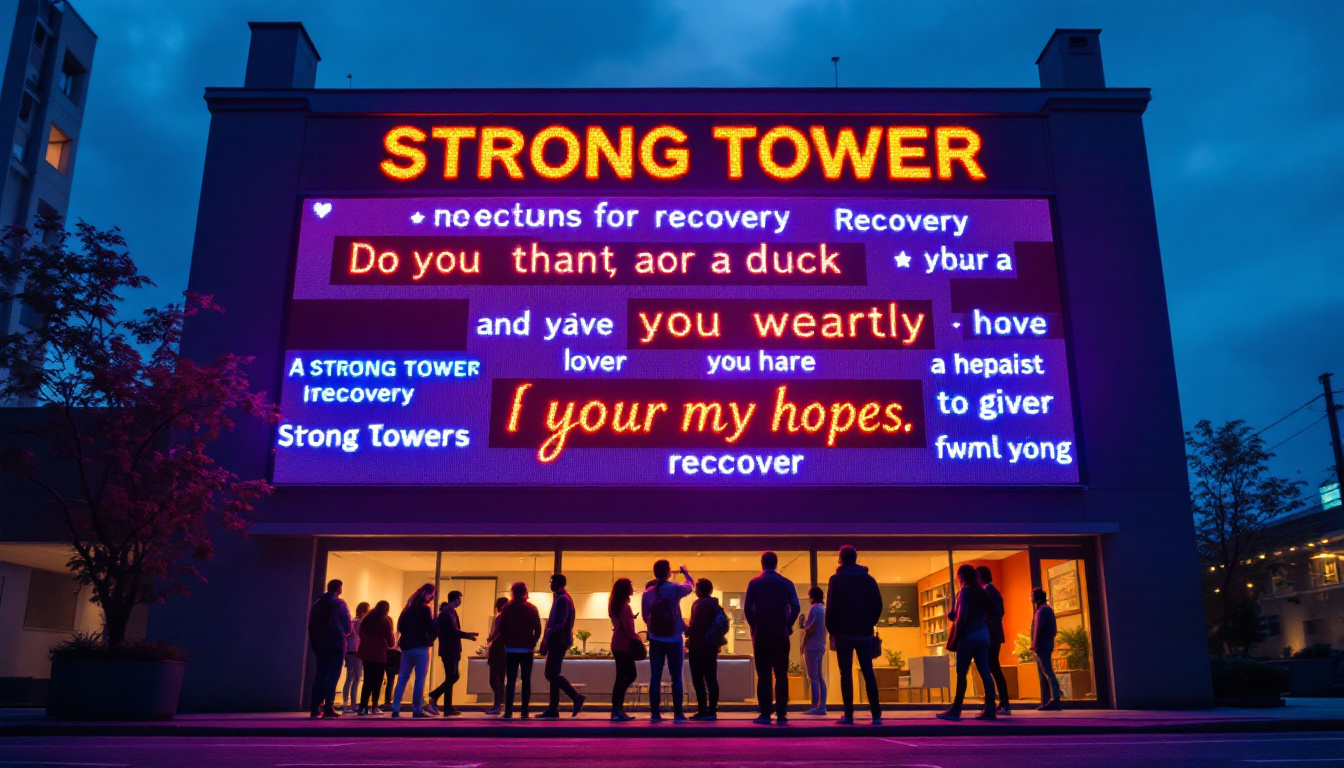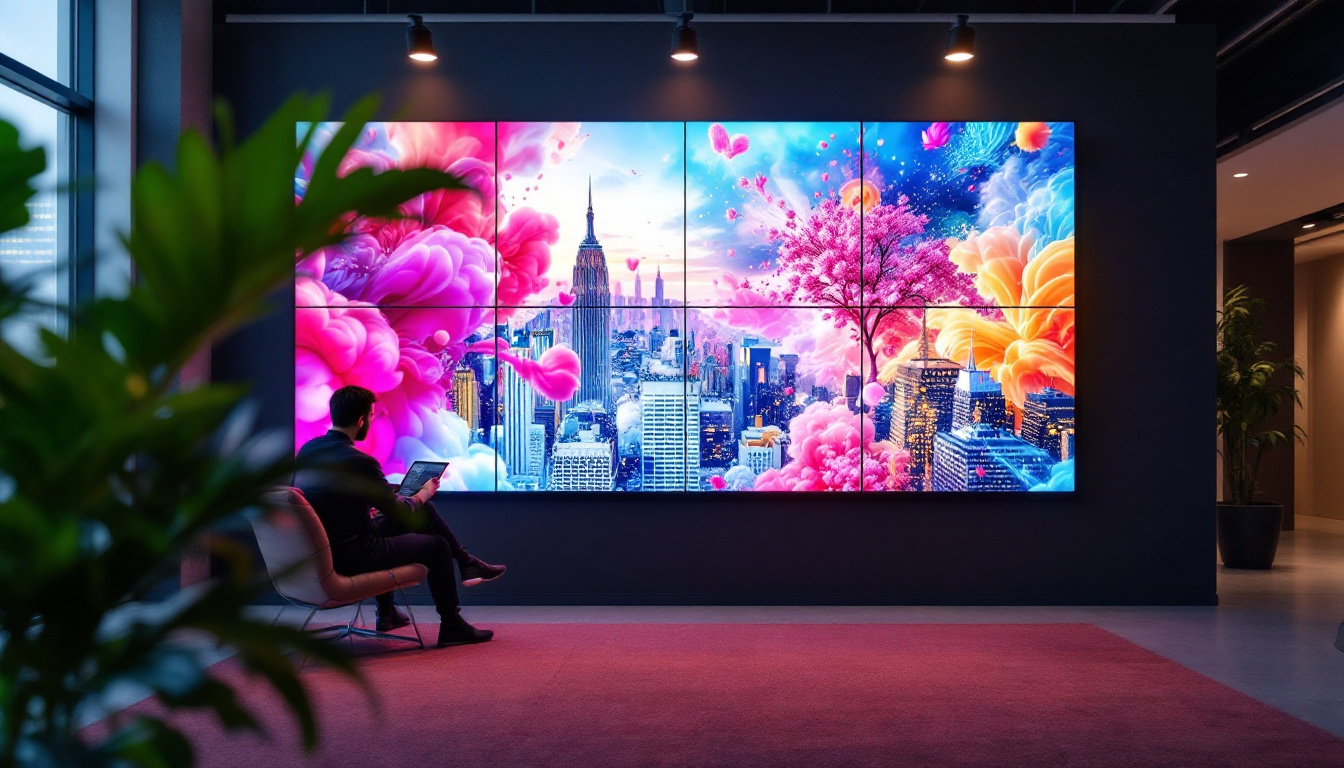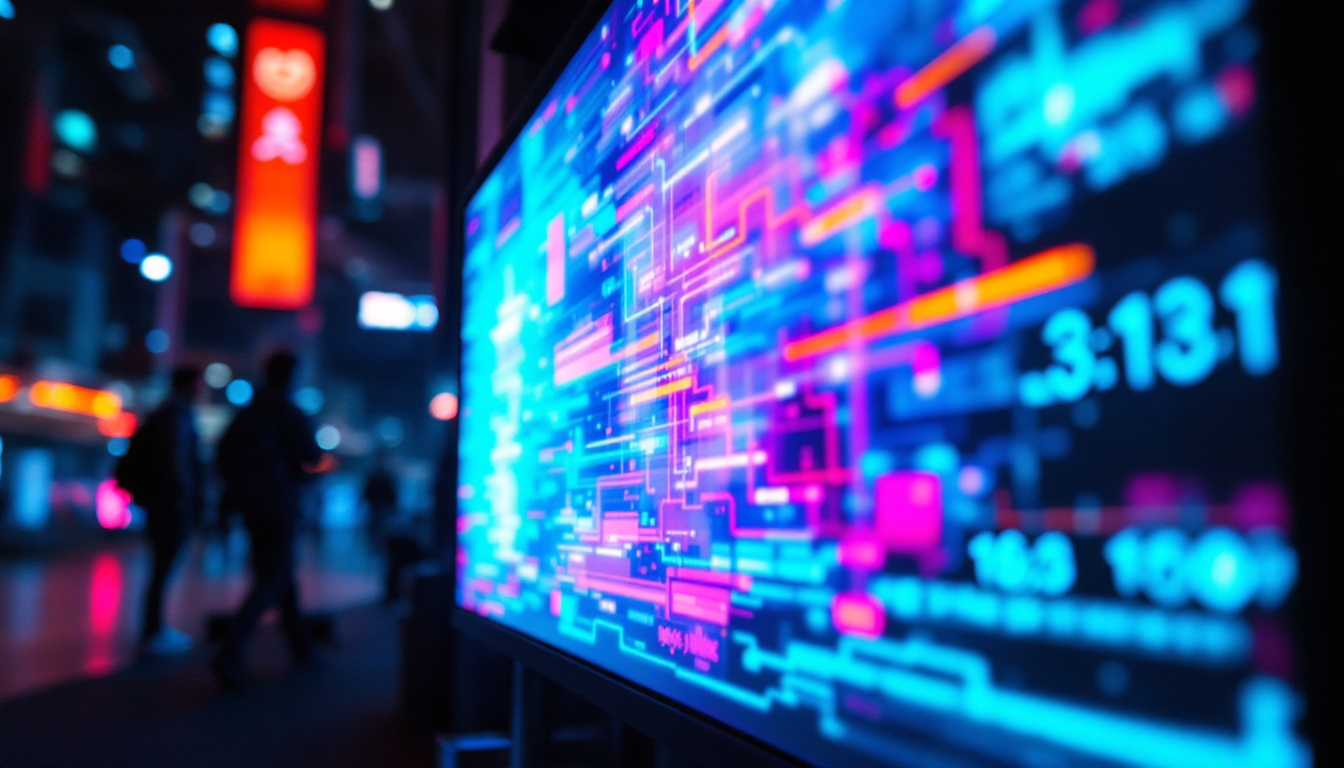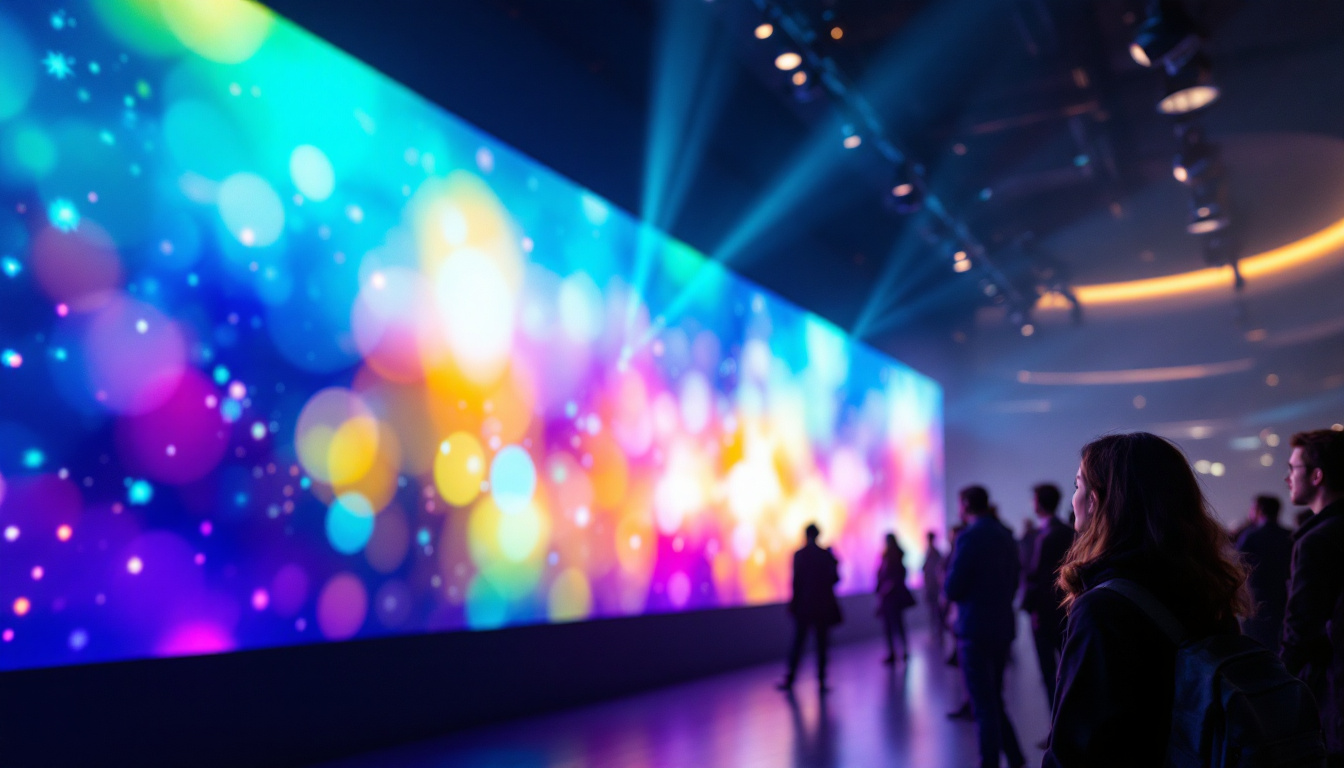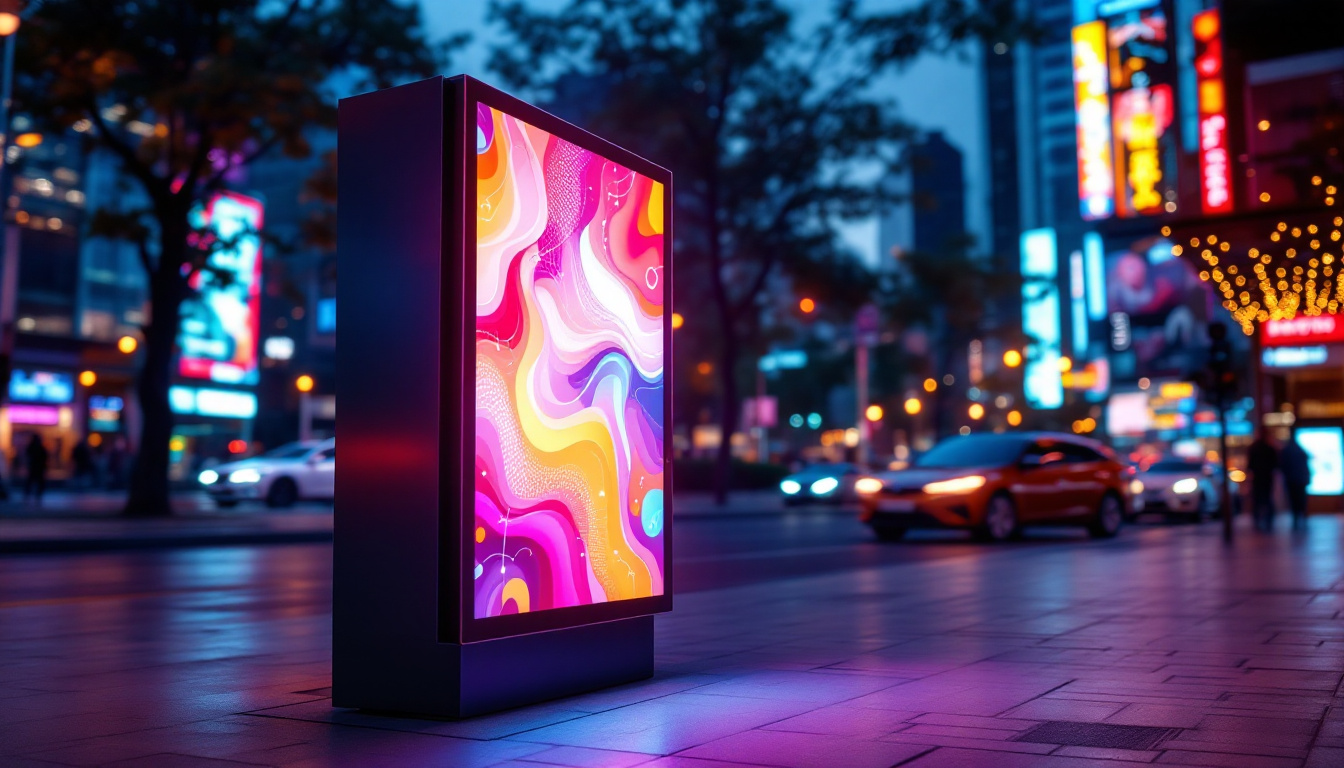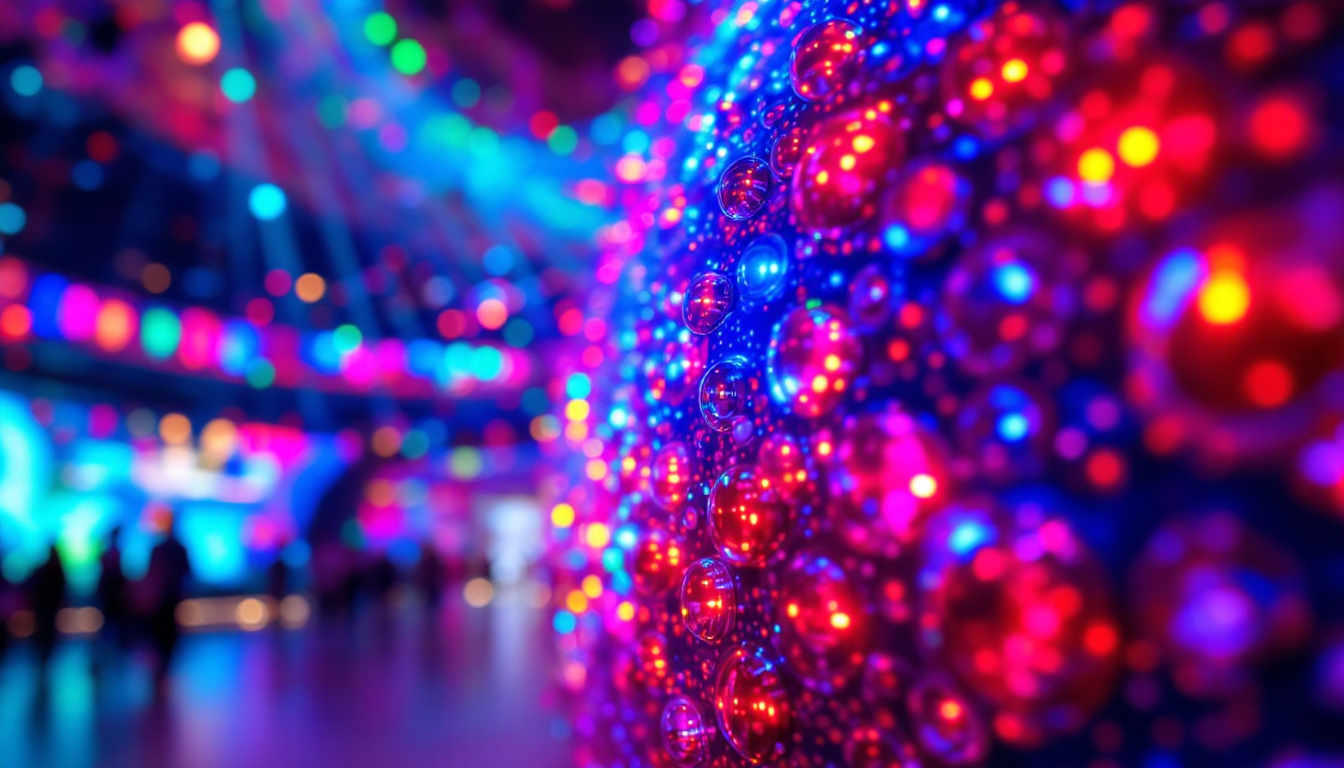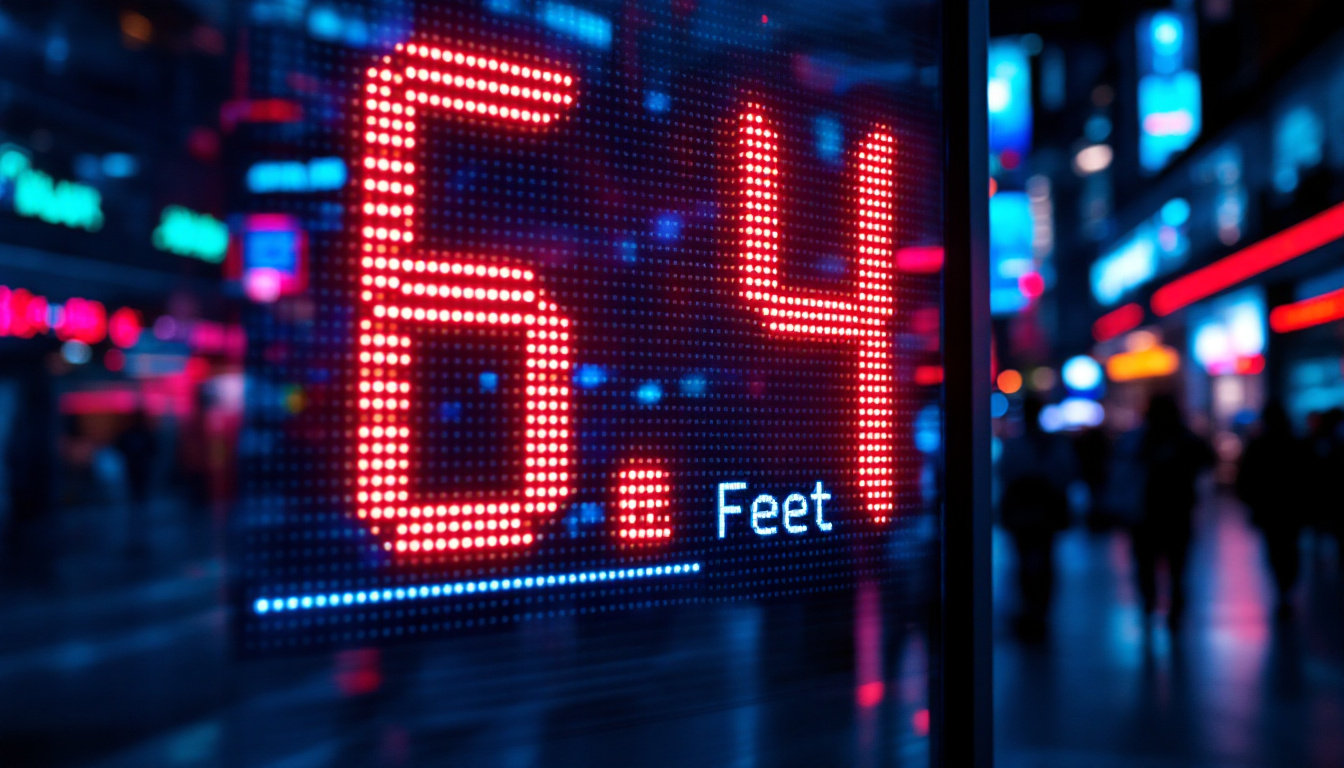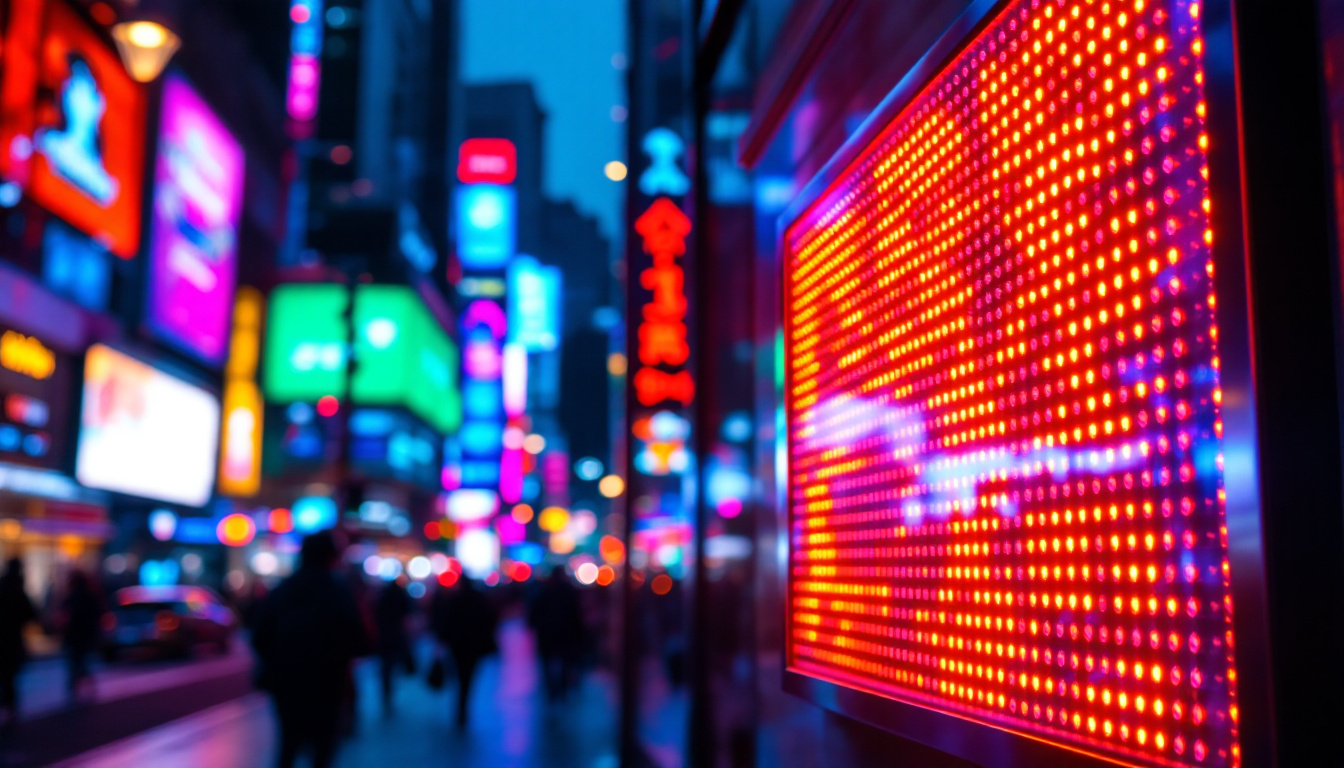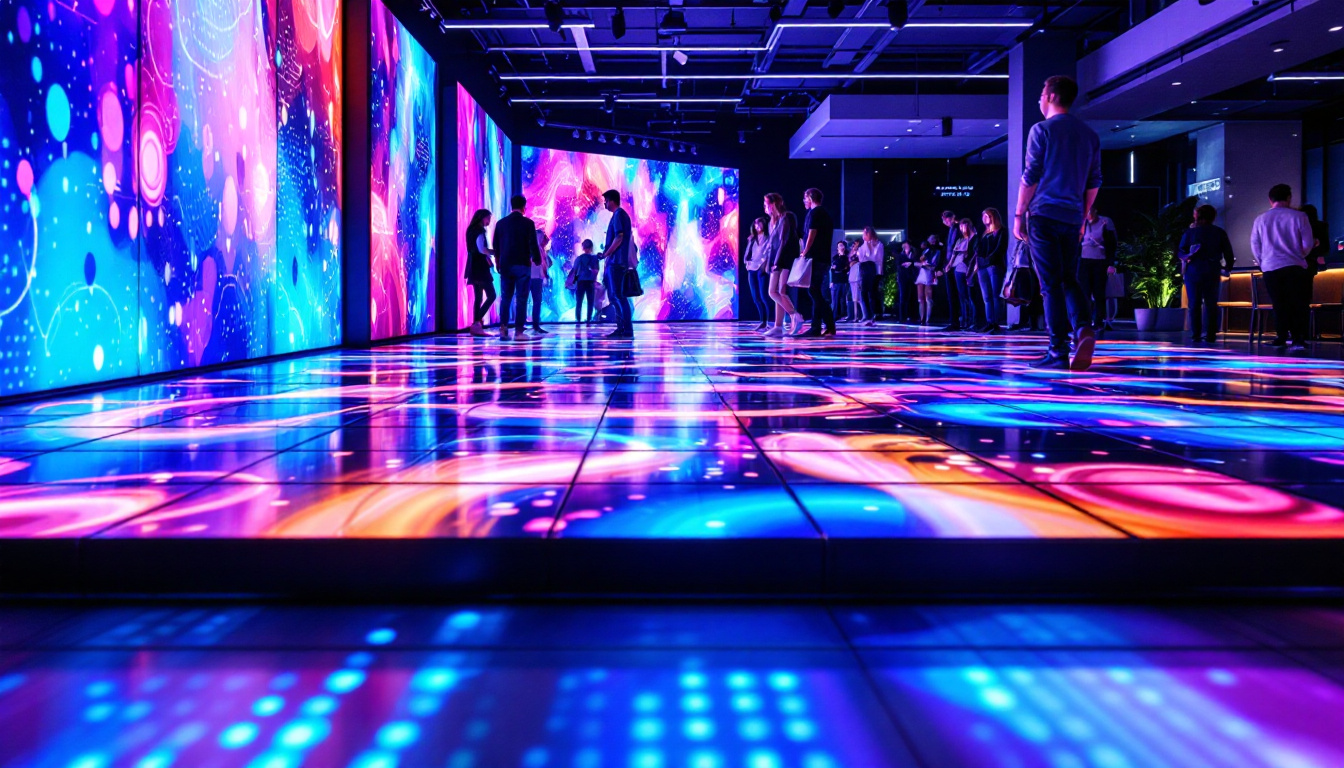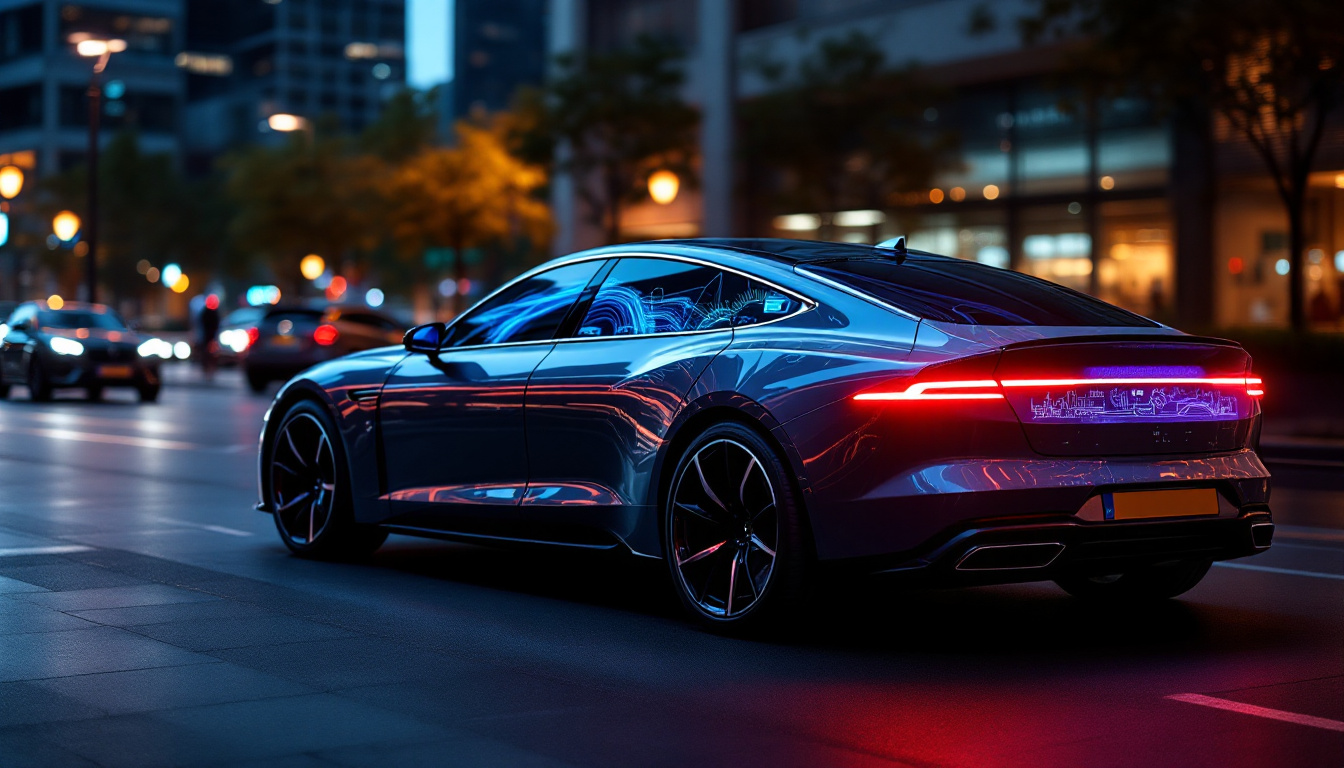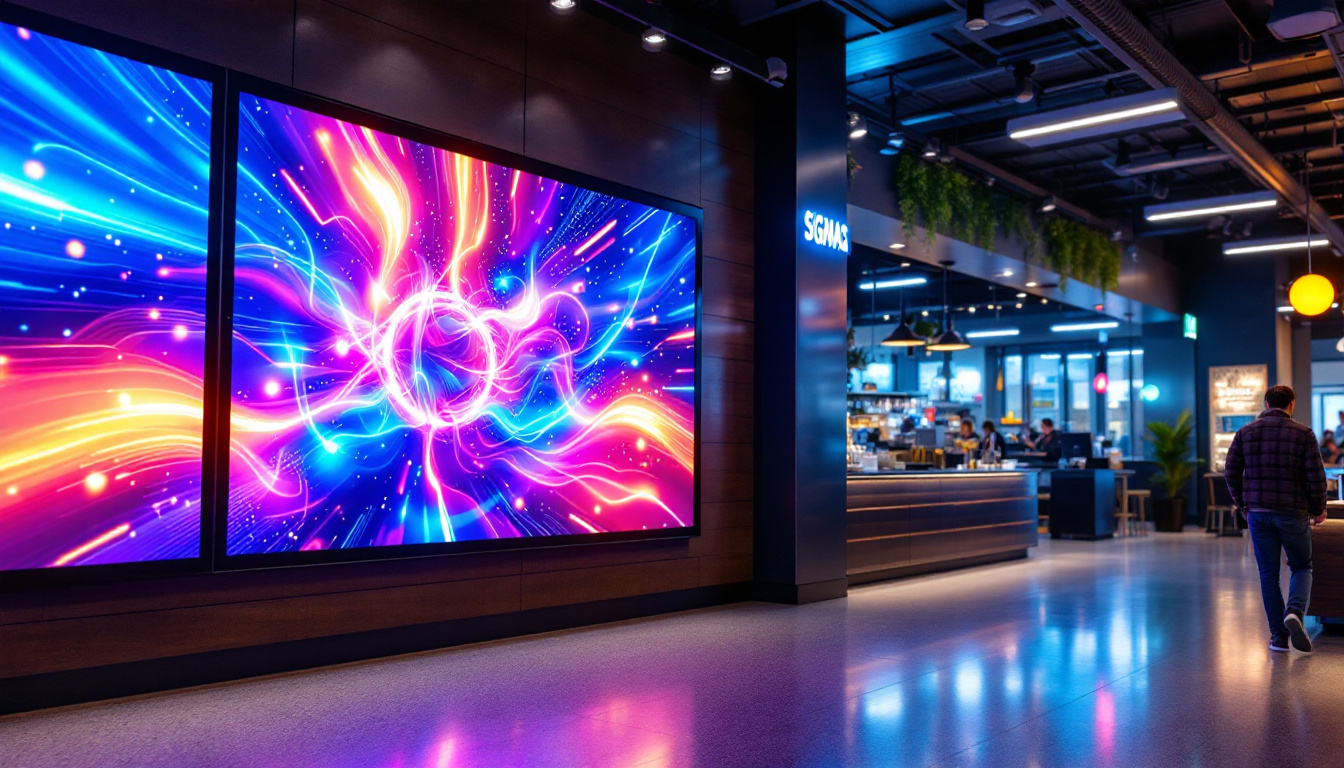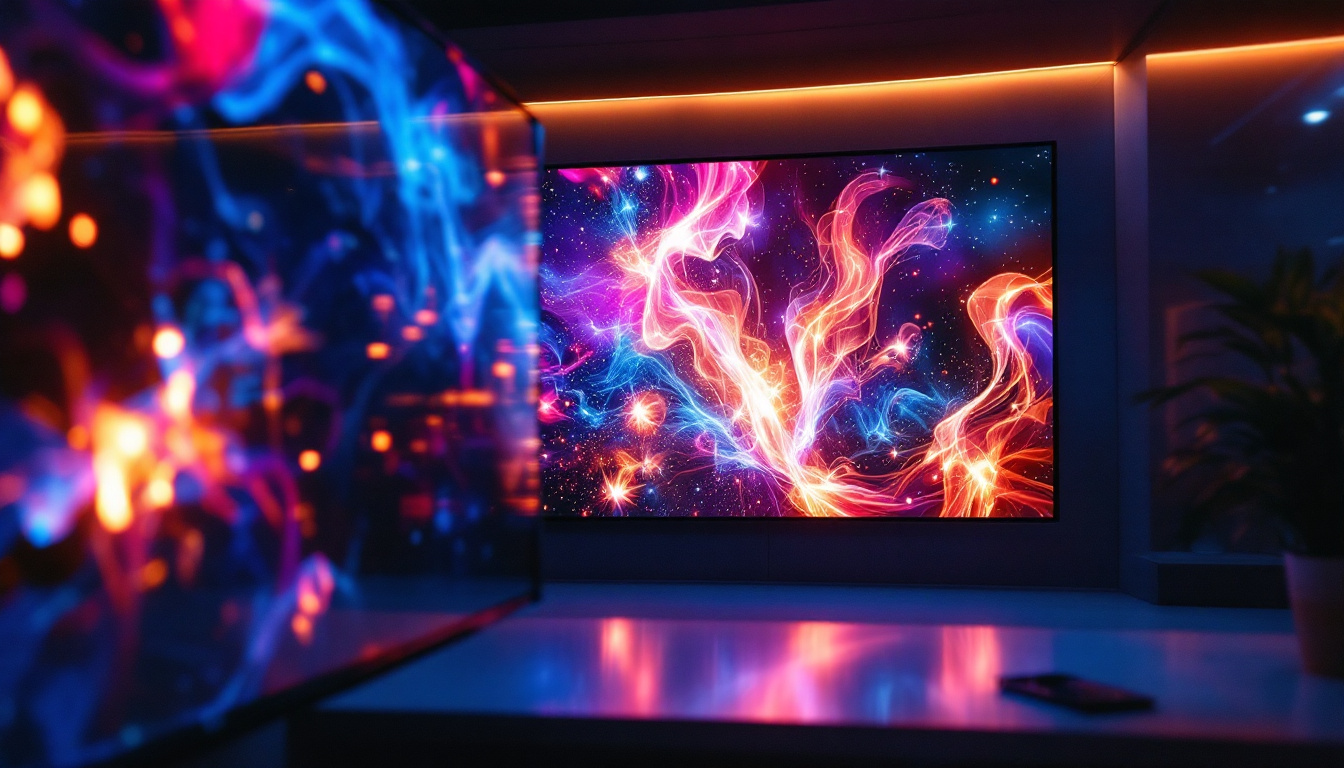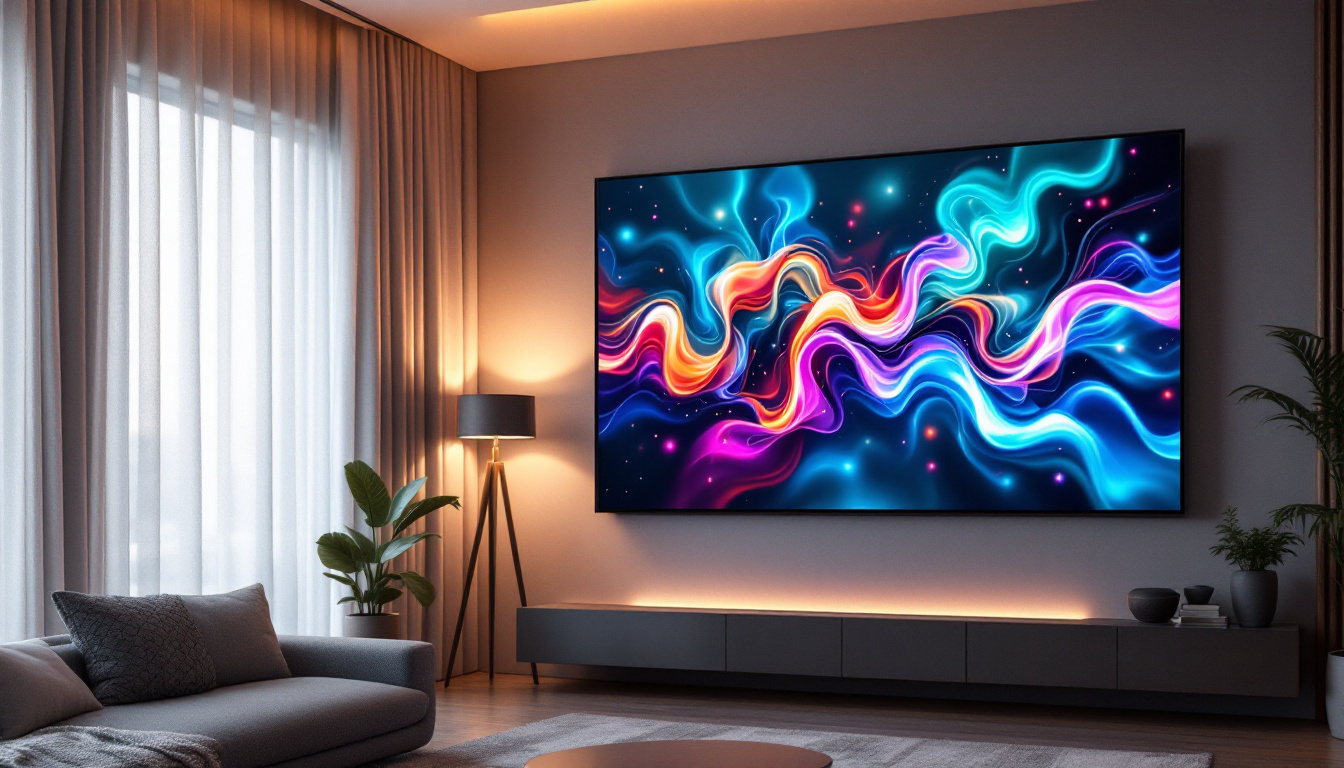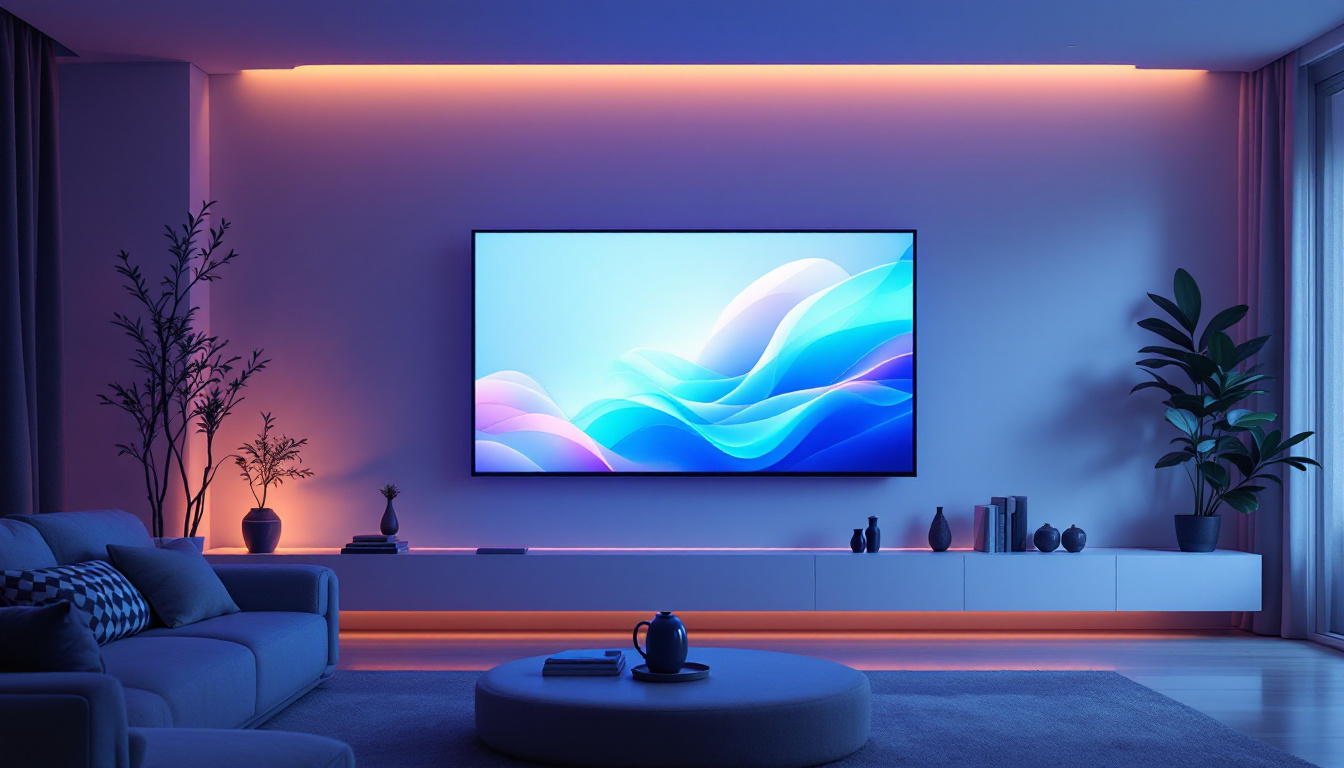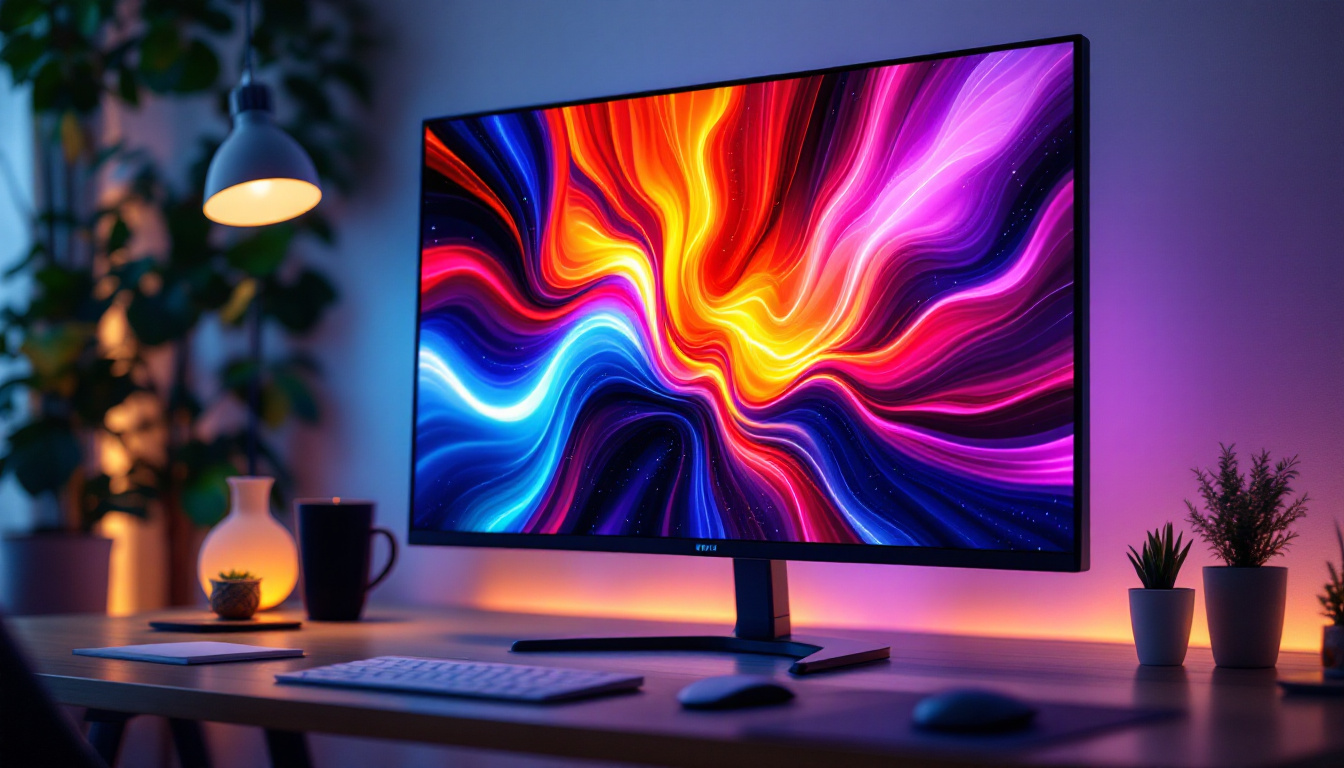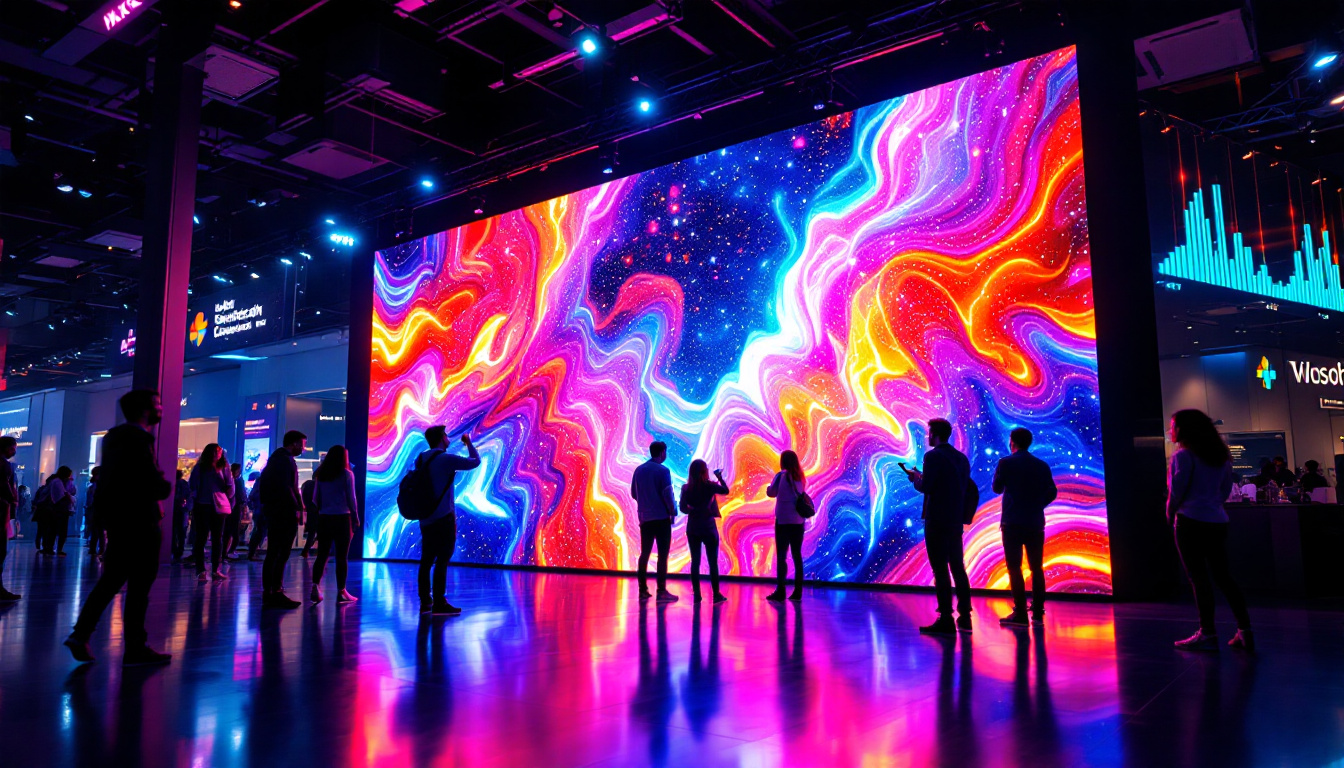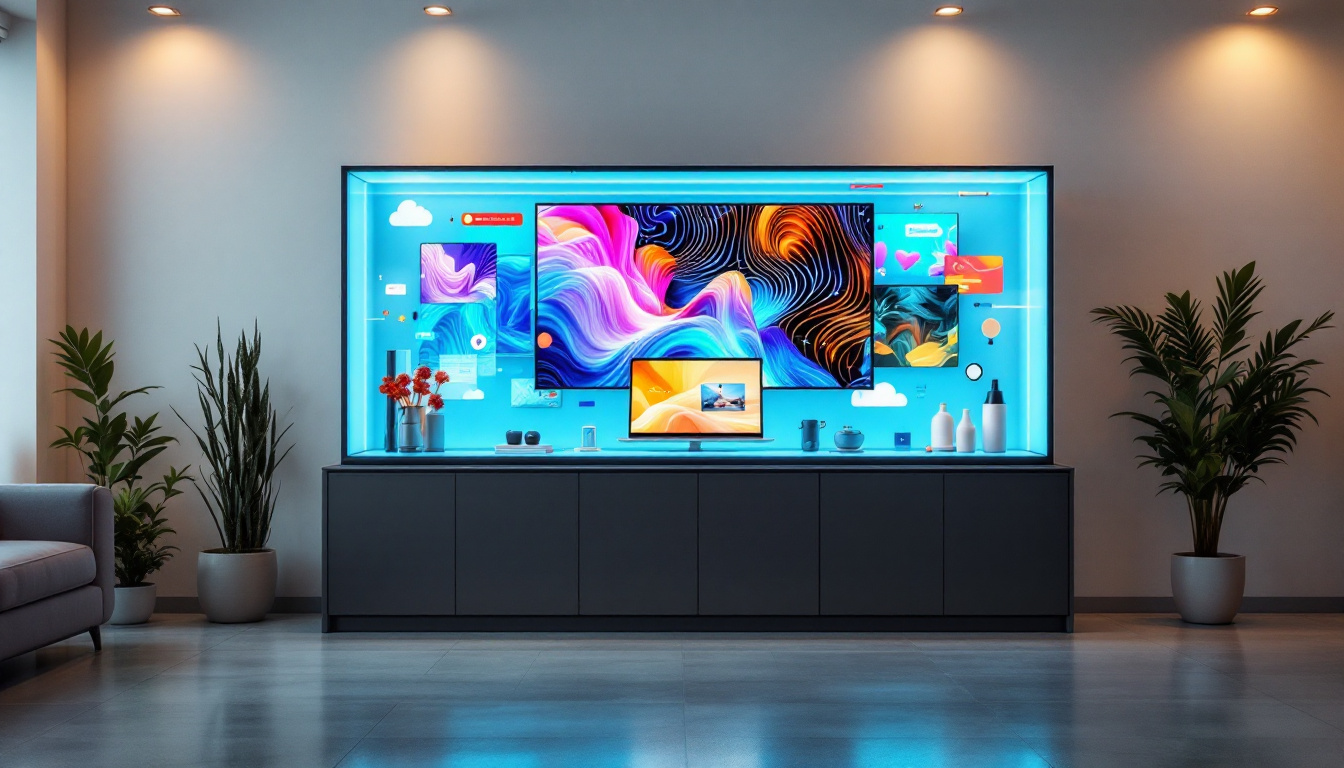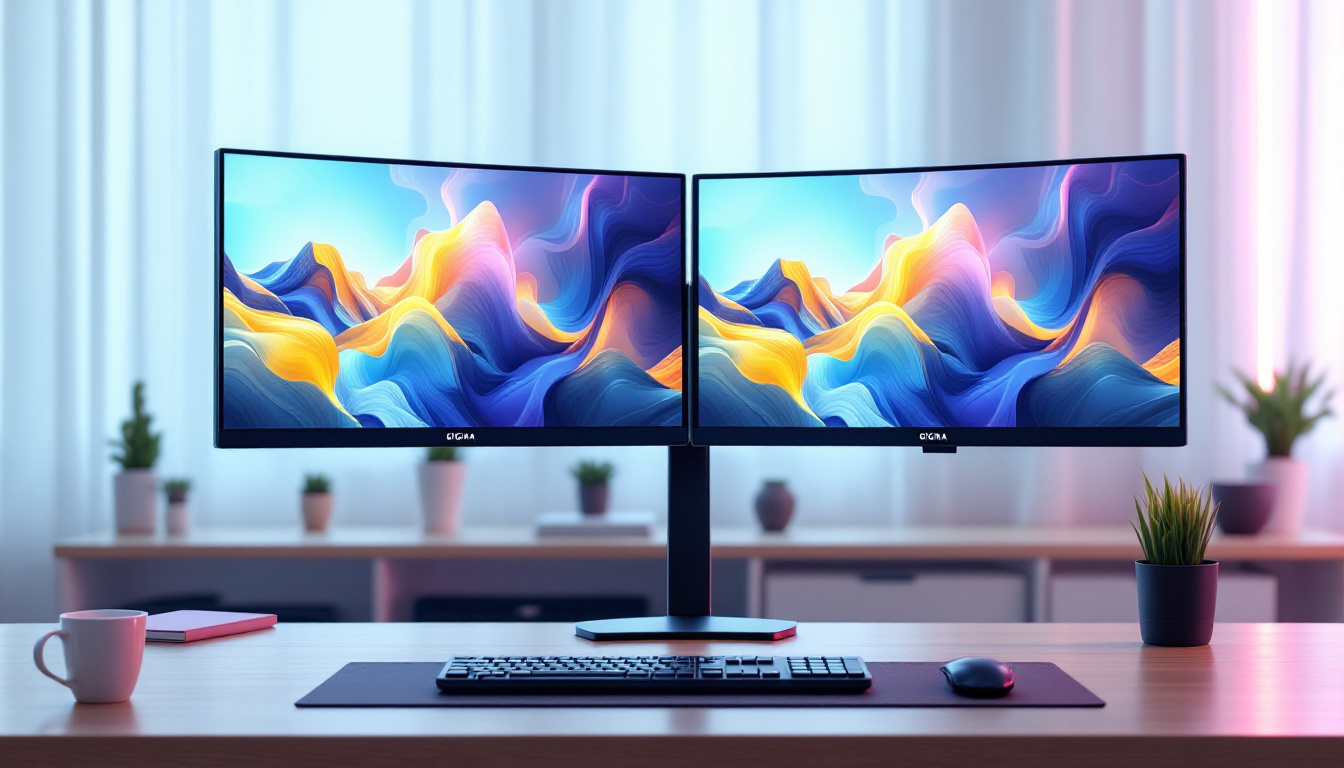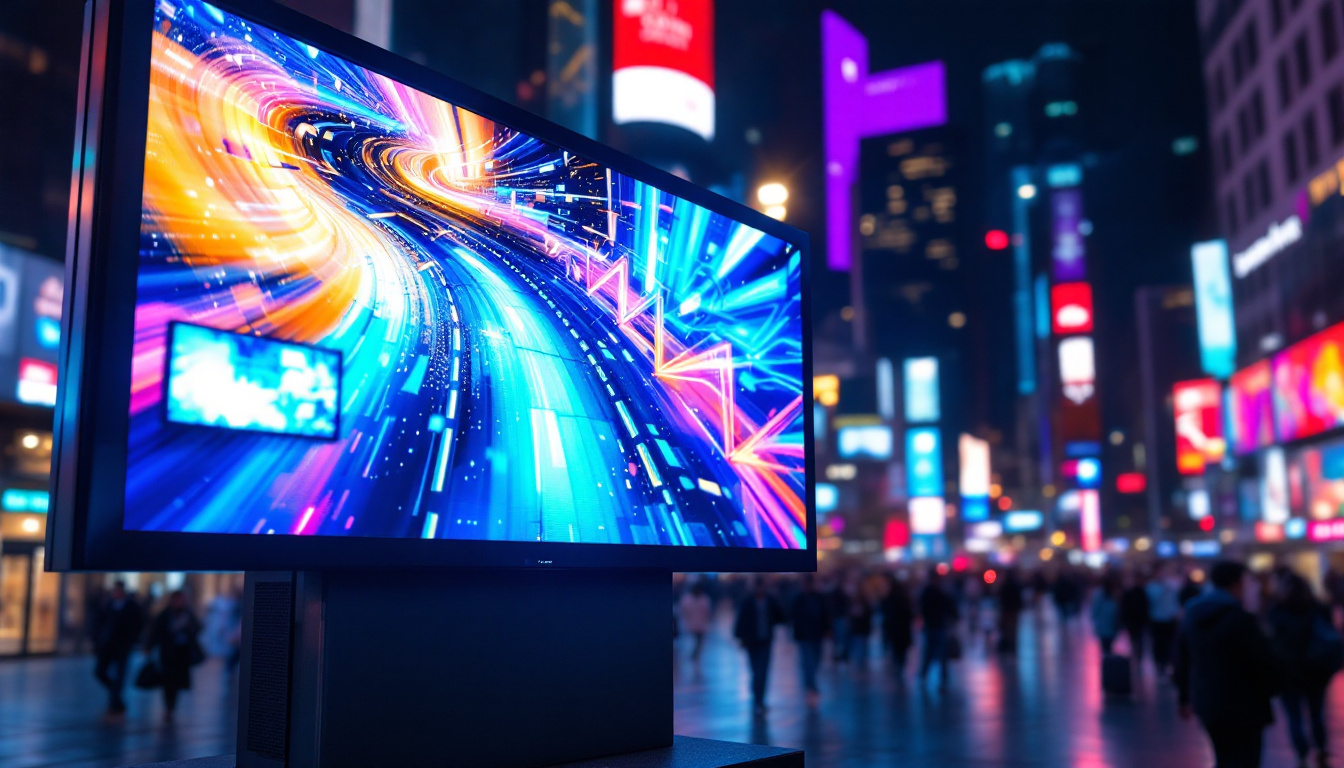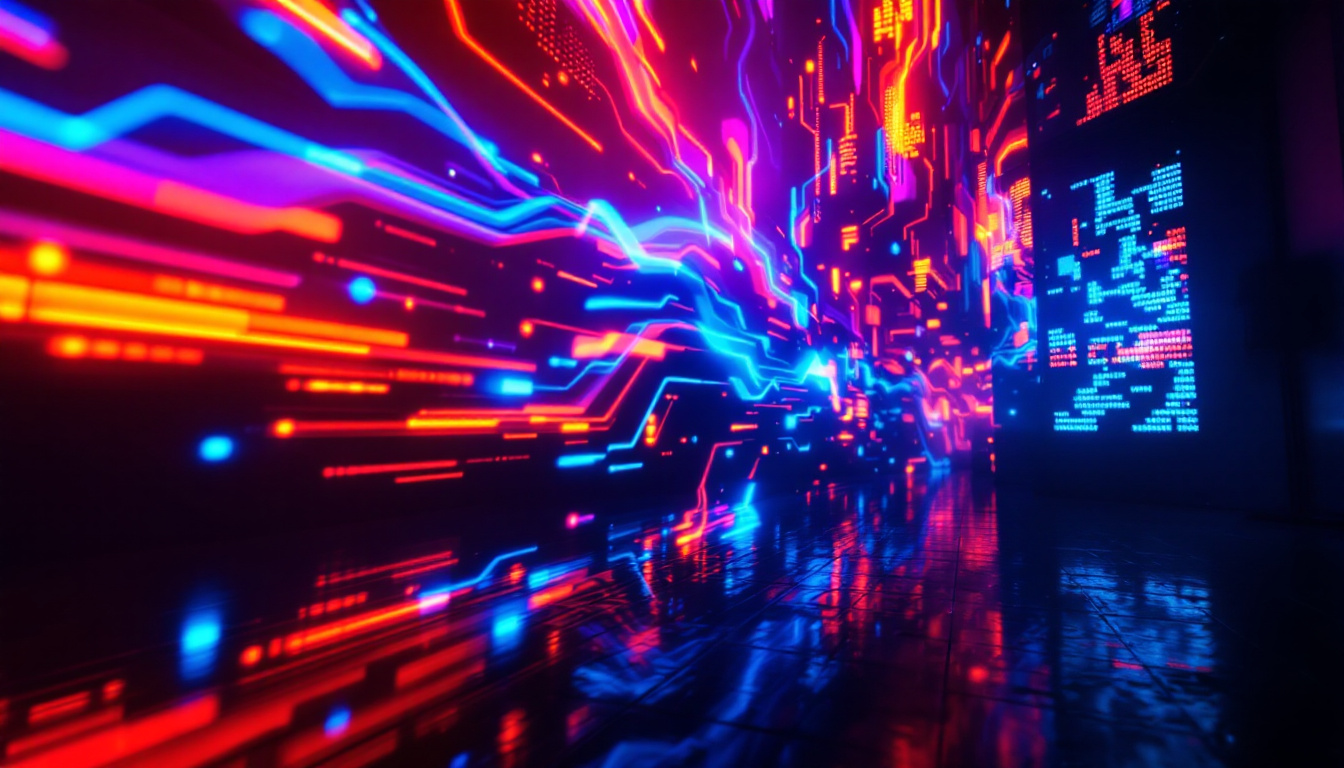As Hillsboro continues to evolve as a vibrant hub for technology, innovation, and community engagement, the role of digital signage and LED displays has become increasingly significant. From enhancing public communication to transforming advertising landscapes, LED displays are at the forefront of this digital revolution. This article delves into the world of LED displays, exploring their technology, applications, and the impact they have on cities like Hillsboro aiming to reach the next level in urban experience and connectivity.
Understanding LED Display Technology
What is an LED Display?
LED stands for Light Emitting Diode, a semiconductor device that emits light when an electric current passes through it. An LED display is a flat panel display that uses an array of these tiny LEDs as pixels to create images, videos, and text. Unlike traditional LCD or plasma screens, LED displays offer superior brightness, contrast, and energy efficiency, making them ideal for both indoor and outdoor use.
The technology behind LED displays has advanced rapidly over the past decade. Modern LED screens can be fine-pitched, meaning the distance between individual LEDs is very small, allowing for high-resolution images even when viewed up close. This makes them versatile for applications ranging from small retail signage to massive stadium scoreboards. Furthermore, the lifespan of LED displays is significantly longer than that of traditional display technologies, often exceeding 100,000 hours of operation. This durability not only reduces replacement costs but also minimizes waste, making LED displays a more sustainable choice in the long run.
Types of LED Displays
LED displays come in various forms, each suited for different environments and purposes. The most common types include:
- Indoor LED Displays: Designed for controlled lighting environments, these displays have a higher pixel density and finer pitch, providing crisp images for close viewing distances.
- Outdoor LED Displays: Built to withstand weather conditions, these displays are brighter to combat sunlight glare and typically have a larger pixel pitch, suitable for viewing from greater distances.
- Flexible and Transparent LED Displays: These innovative displays can curve around surfaces or allow light to pass through, enabling creative architectural integrations.
Understanding these types helps businesses and city planners choose the right display for their specific needs, ensuring maximum impact and longevity. Additionally, the advancements in LED technology have led to the development of smart LED displays, which can be integrated with IoT (Internet of Things) systems. This allows for real-time content updates, remote monitoring, and even interactive features that enhance user engagement. As a result, LED displays are not just a static medium; they can adapt and respond to their environment, making them an increasingly popular choice for modern advertising and information dissemination.
The Role of LED Displays in Hillsboro’s Urban Landscape
Enhancing Public Communication and Safety
Hillsboro’s city officials have increasingly adopted LED displays as a tool for public communication. Strategically placed LED boards provide real-time updates on traffic conditions, weather alerts, and emergency notifications. This dynamic communication method is far more effective than traditional static signs, as messages can be updated instantly to reflect changing circumstances.
For example, during severe weather events such as heavy rains or windstorms, LED displays can alert drivers and pedestrians about road closures or safety precautions. This capability not only improves public safety but also helps reduce congestion and confusion. In addition, these displays can serve as platforms for community engagement, allowing residents to stay informed about local events, public meetings, and civic initiatives. By fostering a sense of community, these LED boards play a crucial role in enhancing the overall quality of life in Hillsboro.
Boosting Local Business and Tourism
LED displays have become a powerful marketing tool for Hillsboro’s commercial districts. Retailers, restaurants, and entertainment venues use vibrant digital signage to attract customers, promote special offers, and highlight events. The flexibility of content allows businesses to tailor messages to different times of day or specific audiences, increasing engagement and sales.
Tourism also benefits from LED technology. Interactive kiosks and digital maps equipped with LED screens guide visitors through Hillsboro’s cultural landmarks, parks, and shopping areas. This not only enhances the visitor experience but also supports local economic growth by encouraging longer stays and repeat visits. Furthermore, seasonal promotions and local festivals can be prominently displayed, drawing attention to unique attractions that might otherwise go unnoticed. The ability to showcase Hillsboro’s vibrant culture through dynamic visuals helps create a memorable experience for tourists and encourages them to share their adventures on social media, further amplifying the city’s appeal.
Supporting Sustainability and Energy Efficiency Goals
Hillsboro is committed to sustainability, and LED technology aligns well with this vision. Compared to older lighting and display technologies, LEDs consume significantly less energy and have a longer lifespan, reducing both operational costs and environmental impact.
Municipal LED installations often incorporate smart controls that adjust brightness based on ambient light conditions or time of day, further optimizing energy use. This commitment to energy-efficient infrastructure helps Hillsboro meet its climate action goals while providing modern amenities to residents and visitors. Additionally, the city has explored the potential for solar-powered LED displays, which would further enhance sustainability efforts by utilizing renewable energy sources. As Hillsboro continues to innovate with technology, the integration of LED displays not only supports a greener future but also sets a precedent for other cities looking to modernize their urban landscapes responsibly.
Technical Considerations for Implementing LED Displays
Resolution and Pixel Pitch
One of the most critical factors in LED display quality is resolution, determined largely by pixel pitch—the distance between the centers of adjacent LEDs. A smaller pixel pitch means more LEDs per square meter, resulting in sharper images and finer detail.
For Hillsboro businesses and public spaces, selecting the appropriate pixel pitch depends on the typical viewing distance. For example, a display intended for a busy street corner where viewers are close by might require a pixel pitch of 2 to 4 millimeters, whereas a billboard visible from a highway might function well with a 10-millimeter pitch or larger. Moreover, it’s essential to consider the content that will be displayed; high-resolution images or videos will benefit from a smaller pixel pitch, while simpler graphics or text can be effectively showcased on displays with a larger pitch.
Brightness and Contrast
Outdoor LED displays must be bright enough to remain visible under direct sunlight, often requiring brightness levels exceeding 5,000 nits (a unit of luminance). In contrast, indoor displays typically operate at 800 to 1,500 nits, sufficient for indoor ambient lighting conditions.
Advanced LED displays also offer high contrast ratios, enhancing image clarity and color vibrancy. This is particularly important for digital advertising, where eye-catching visuals can significantly influence consumer behavior. Additionally, the ability to adjust brightness dynamically based on environmental conditions can optimize energy consumption and prolong the lifespan of the display. For instance, some modern LED systems incorporate sensors that automatically dim the display during nighttime or in shaded areas, ensuring that the content remains visually appealing without unnecessary energy expenditure.
Durability and Maintenance
LED displays intended for outdoor use in Hillsboro must withstand a range of weather conditions, including rain, wind, and temperature fluctuations. Quality enclosures with appropriate IP (Ingress Protection) ratings ensure protection against dust and moisture.
Maintenance is another important consideration. Modular LED panels allow for easy replacement of faulty sections without dismantling the entire display, minimizing downtime and repair costs. Additionally, remote monitoring systems can alert operators to performance issues in real time. These systems can track variables such as temperature and humidity, providing insights that help in preemptive maintenance. Furthermore, some manufacturers offer extended warranties and service packages that include regular check-ups, ensuring that the display remains in optimal condition and continues to deliver high-quality visuals throughout its operational life. This proactive approach not only enhances reliability but also fosters a long-term relationship between the service provider and the business owner, ultimately leading to better customer satisfaction and engagement.
Future Trends in LED Display Technology and Their Impact on Hillsboro
Integration with Smart City Infrastructure
As Hillsboro embraces smart city initiatives, LED displays are expected to play an increasingly integrated role. Connected LED signage can interact with sensors, cameras, and data analytics platforms to deliver personalized and context-aware information.
For instance, displays could adjust content based on pedestrian traffic patterns, local events, or environmental conditions, creating a more responsive urban environment. This level of interactivity enhances citizen engagement and supports efficient city management.
Advancements in Display Materials and Design
Emerging technologies such as microLED and miniLED promise even greater brightness, energy efficiency, and resolution. These advancements will allow for thinner, lighter, and more flexible displays, opening new possibilities for architectural integration and creative expression.
Hillsboro’s architects and designers may leverage these innovations to create visually stunning public art installations or dynamic building facades that contribute to the city’s identity and aesthetic appeal.
Environmental and Social Impact
With growing awareness of environmental sustainability and social responsibility, LED display solutions are evolving to minimize light pollution and reduce energy consumption. Adaptive brightness controls and directional lighting help reduce glare and preserve night skies.
Moreover, LED displays can be harnessed to promote community initiatives, cultural diversity, and social inclusion by showcasing local stories, multilingual content, and public service campaigns. This helps foster a sense of belonging and pride among Hillsboro residents.
Conclusion: Illuminating Hillsboro’s Path Forward
LED display technology is more than just a tool for advertising or information dissemination—it is a catalyst for urban transformation. In Hillsboro, the strategic deployment of LED displays supports public safety, economic vitality, sustainability, and community engagement. As technology continues to advance, the city stands poised to leverage these innovations to create a smarter, more connected, and visually dynamic environment.
For businesses, city planners, and residents alike, understanding the capabilities and benefits of LED displays is essential to maximizing their potential. By embracing this technology thoughtfully and creatively, Hillsboro can truly reach the next level in its journey toward becoming a model 21st-century city.
Illuminate Your Space with LumenMatrix
Ready to elevate your Hillsboro business or community space with cutting-edge LED display technology? Discover LumenMatrix’s comprehensive range of LED display solutions, from vibrant Indoor and Outdoor LED Wall Displays to innovative LED Transparent Displays and more. Embrace the power of visual communication with our state-of-the-art modules that promise to enhance engagement and captivate your audience. Check out LumenMatrix LED Display Solutions today and transform your message into an unforgettable visual experience.


